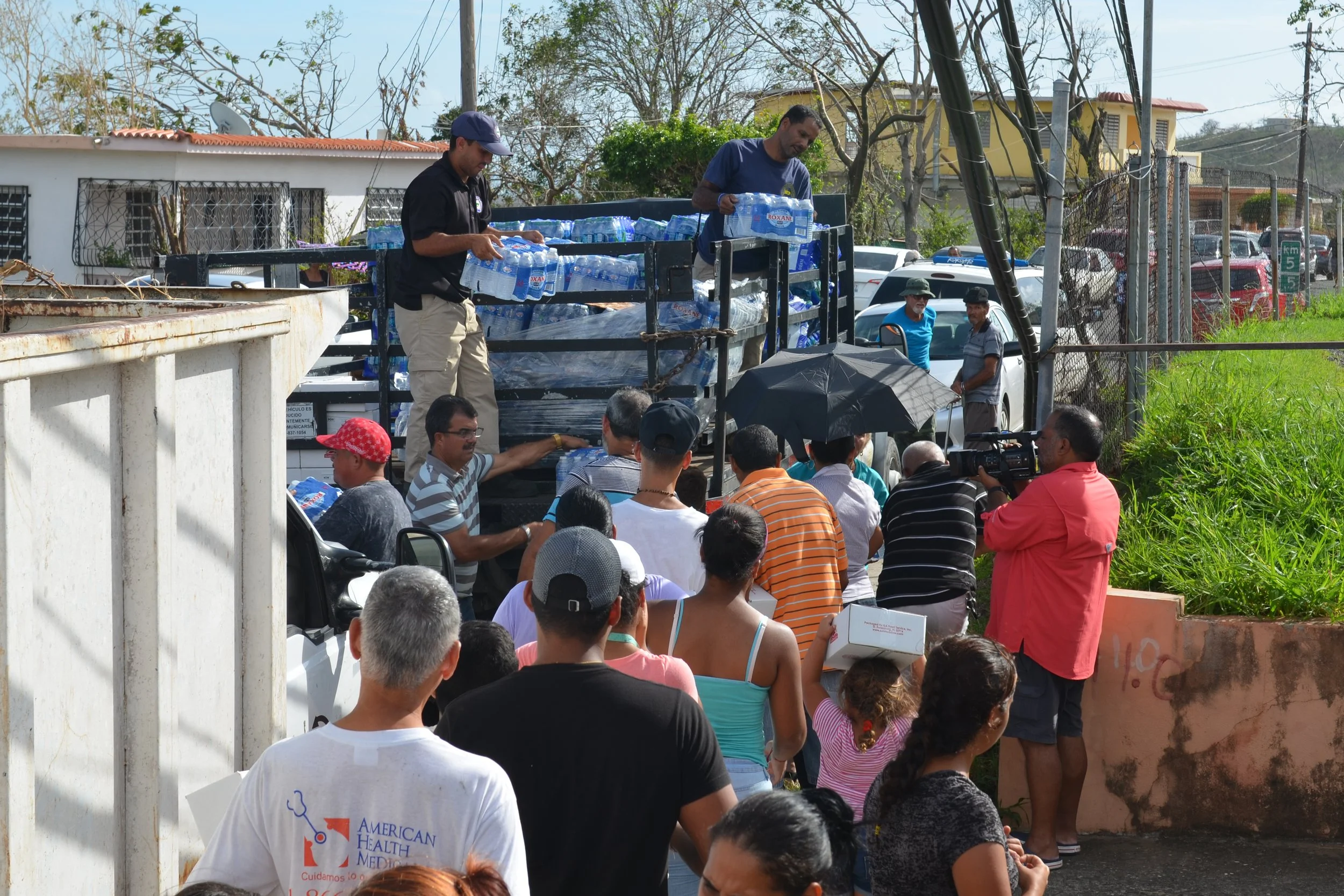
Disaster Preparedness and Response
In order to become climate resilient, U.S. islands need a functional and prompt response to any natural disaster with support from the federal government that recognizes the unique challenges islands face when responding to natural disasters.

The infrastructure on island communities, regardless of their geography, remains extremely vulnerable to strong hurricanes, tropical storms, extreme tides, tsunamis, floods, and fires. Climate resilience in the context of natural disasters demands consistent federal government support to ensure island communities can withstand the natural disasters that are getting stronger and more impactful with time. U.S. islands need funding and other federal support to address their climate resiliency goals, build capacity within their communities to better prepare for and respond to disasters, and fortify their infrastructure to withstand the next strong storm. Building island capacity also includes supporting the capabilities of the island workforce and ensuring island government structures are capable of implementing climate resilient policies focused on preparedness and response.
The following disaster preparedness and response related federal policy recommendations will help U.S. islands achieve climate resilience:
Incorporate island community knowledge and expertise into federal disaster response policies.
Ensure that funding mechanisms for disaster preparedness and response programs work for island communities.
Require federal agencies to implement best practices for disaster preparedness and response efforts to ensure mistakes of the past are not repeated.
Require that all building, re-building, re-designing, or upgrading of structures and infrastructure must be done in a way that ensures the infrastructure can withstand hurricanes and other natural disasters to meet each island’s climate resiliency goals, and ensure that islands have the funding and support to meet those requirements.
Require a robust and quantitative consideration of resilient relocation of structures damaged or destroyed in natural disasters.
